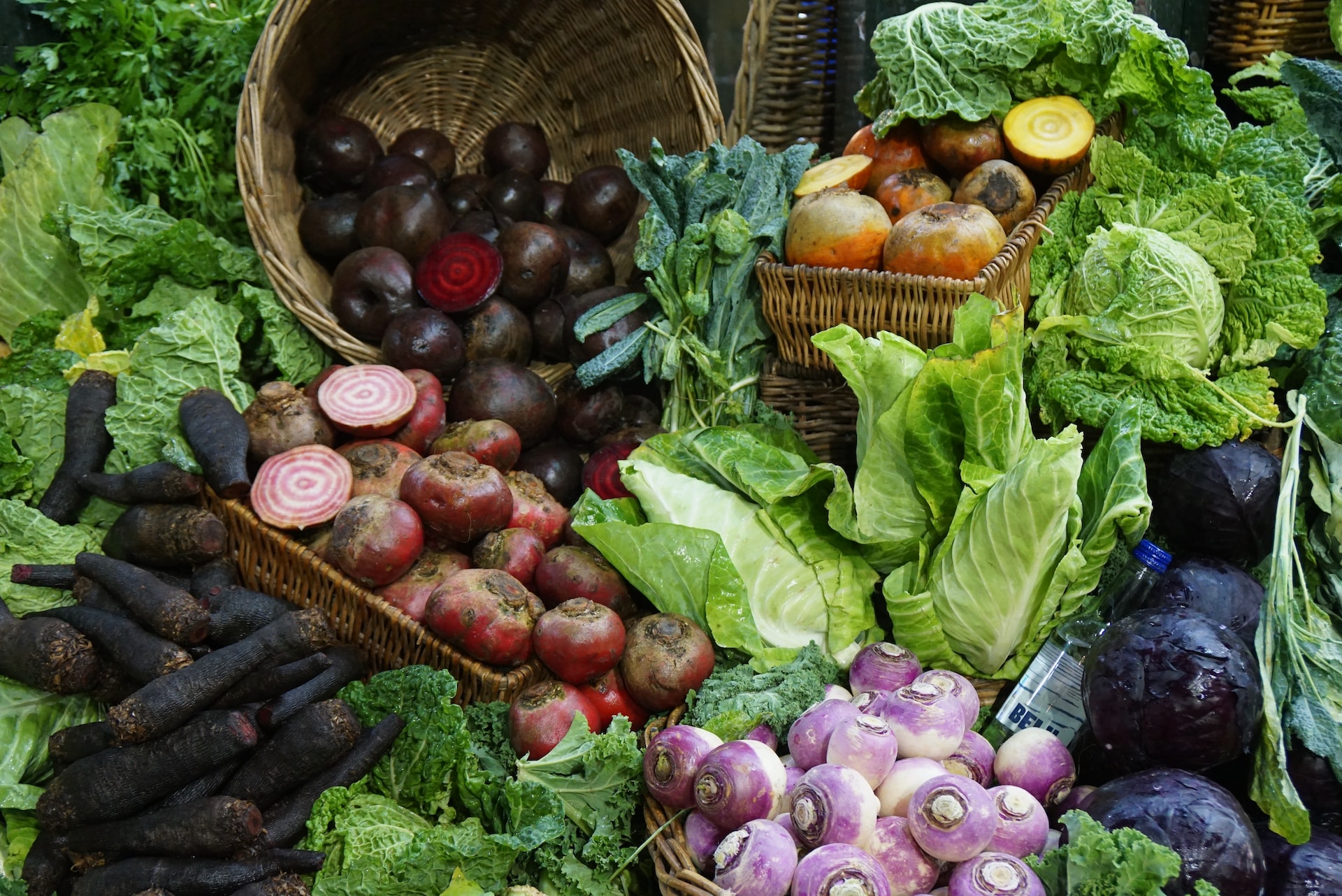Introduction:
In recent years, the prevalence of diabetes has been on the rise, and managing blood sugar levels has become a significant health concern for millions of people worldwide. While medication and lifestyle changes remain cornerstones of diabetes management, emerging research suggests that certain foods may hold the key to controlling blood sugar levels naturally. This article explores the potential of blood sugar-lowering foods and their impact on overall health.
Understanding Blood Sugar Regulation:
Before delving into blood sugar-lowering foods, it’s crucial to understand the basics of blood sugar regulation. The body relies on the hormone insulin to transport glucose from the bloodstream into cells, where it is utilized for energy. In people with diabetes, the body either produces insufficient insulin or fails to use it effectively, resulting in elevated blood sugar levels.
The Power of Low-Glycemic Foods:
One approach to managing blood sugar levels involves consuming low-glycemic foods. These foods have a slower impact on blood sugar levels as they are digested and absorbed more gradually. High-glycemic foods, on the other hand, cause a rapid rise in blood sugar levels. By opting for low-glycemic alternatives, individuals can promote better blood sugar control.
- Whole Grains: Whole grains, such as quinoa, brown rice, and oats, are excellent choices for regulating blood sugar. Their high fiber content slows down digestion, leading to a more gradual release of glucose into the bloodstream. Additionally, whole grains are rich in essential nutrients, making them a valuable addition to a balanced diet.
- Legumes: Legumes, including beans, lentils, and chickpeas, are packed with fiber, protein, and complex carbohydrates. These factors contribute to a slower rise in blood sugar levels and increased satiety, making legumes a valuable tool in managing diabetes.
- Leafy Greens: Leafy green vegetables like spinach, kale, and Swiss chard offer an array of health benefits, including blood sugar regulation. These nutrient-dense foods are low in calories and high in fiber, vitamins, and minerals. Incorporating them into meals can help stabilize blood sugar levels and improve overall well-being.
- Berries: Berries, such as blueberries, strawberries, and raspberries, are not only delicious but also brimming with antioxidants and fiber. Their natural sweetness comes bundled with a lower glycemic load compared to other fruits, making them an ideal choice for those aiming to control blood sugar levels.
- Nuts and Seeds: Nuts and seeds, including almonds, walnuts, chia seeds, and flaxseeds, provide healthy fats, protein, and fiber. These nutrient powerhouses help slow down the absorption of carbohydrates, leading to improved blood sugar management. However, portion control is important due to their high-calorie content.
Beyond Blood Sugar Control: Additional Benefits:
The advantages of blood sugar-lowering foods extend beyond glucose regulation. Many of these nutrient-rich foods contribute to overall health and well-being. By incorporating them into a balanced diet, individuals may also experience:
- Improved cardiovascular health
- Weight management
- Enhanced digestion
- Reduced inflammation
- Lower risk of chronic diseases
Conclusion:
While blood sugar-lowering foods offer promising benefits, it’s essential to remember that they should be part of an overall diabetes management plan, which includes medication, physical activity, and regular monitoring. Consultation with a healthcare professional or a registered dietitian is recommended to develop an individualized approach to managing blood sugar levels.




